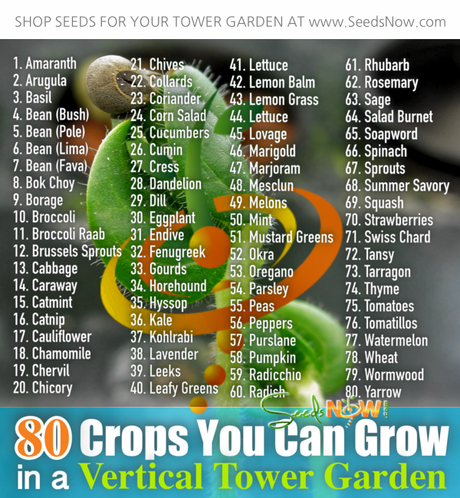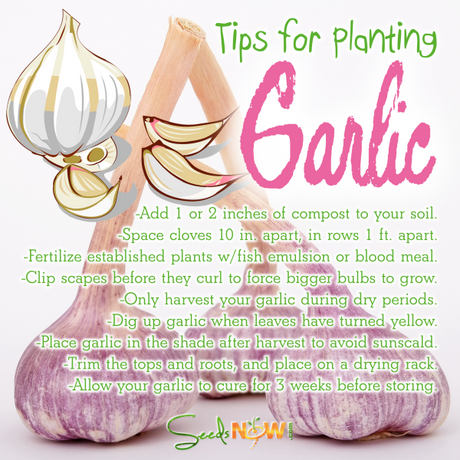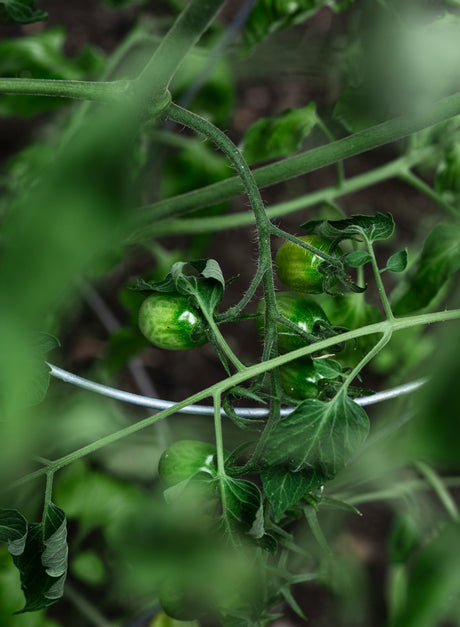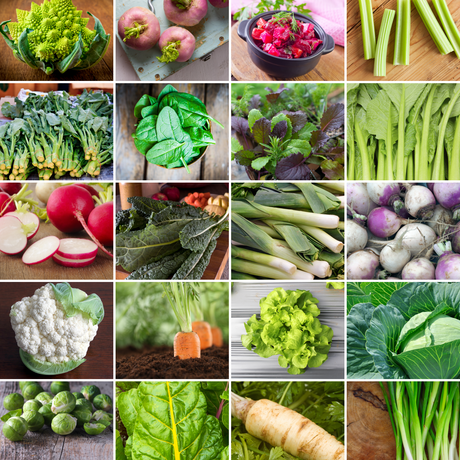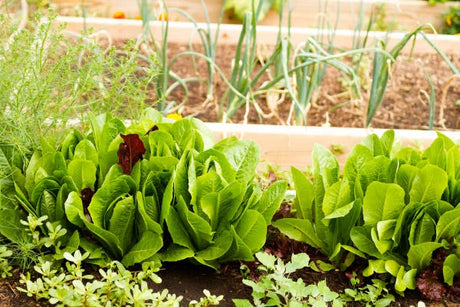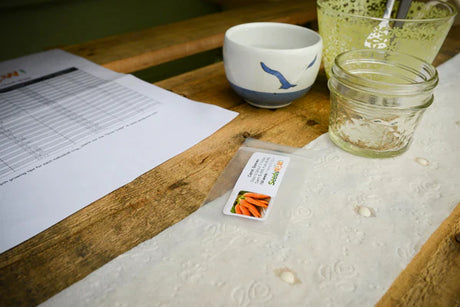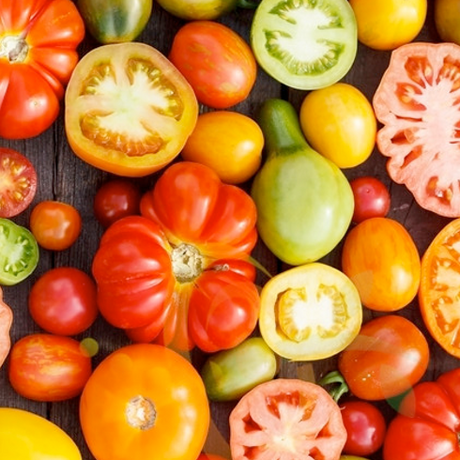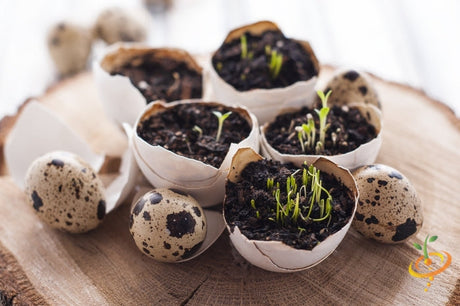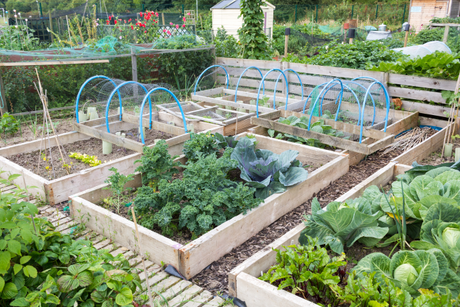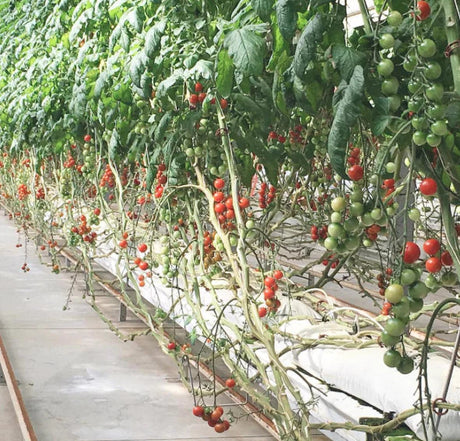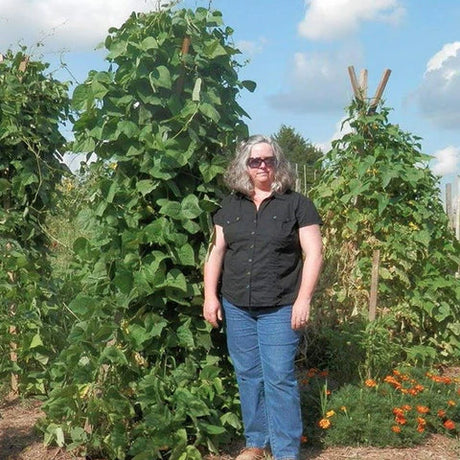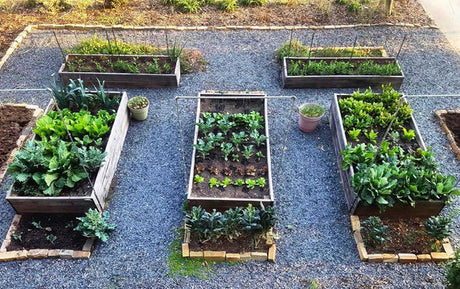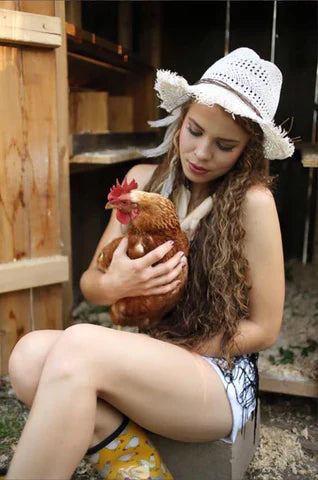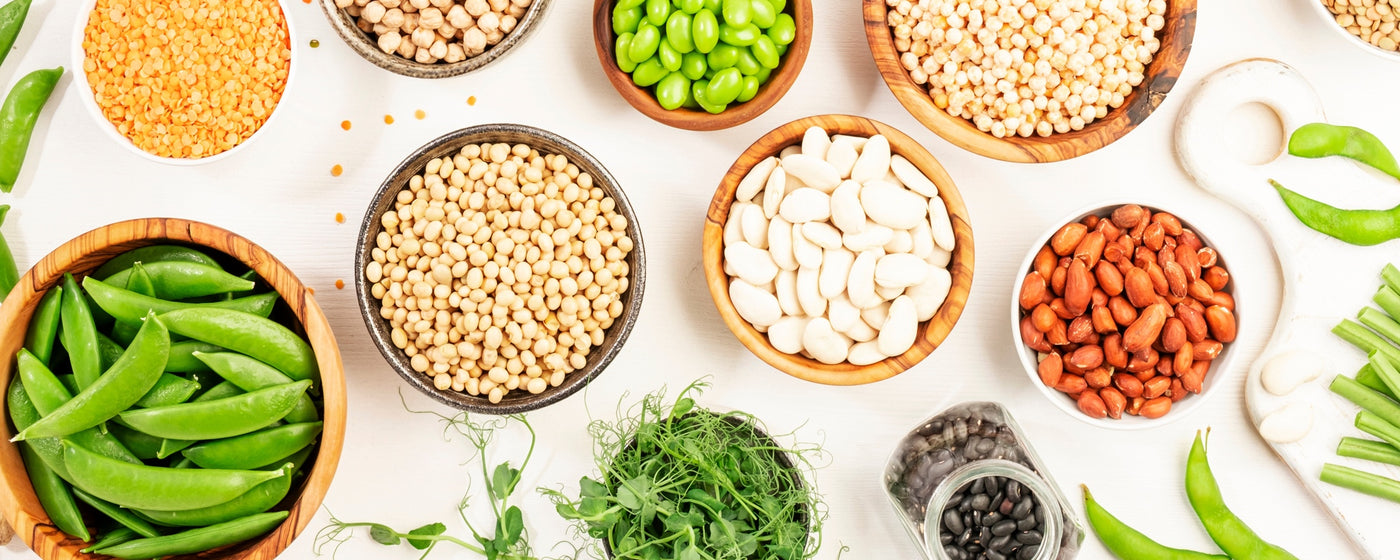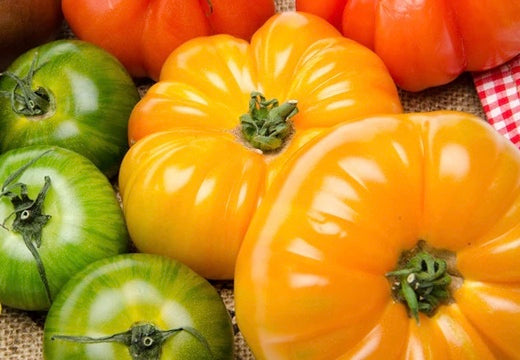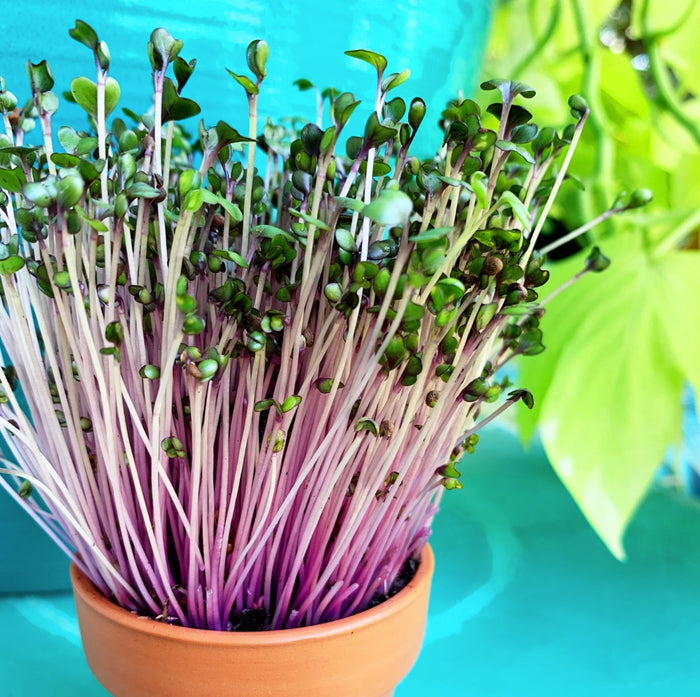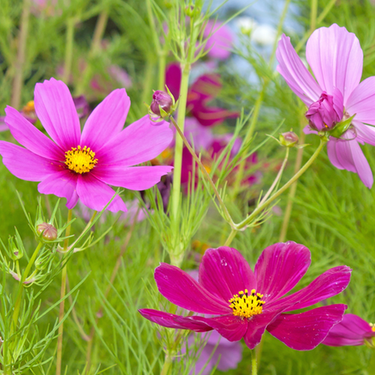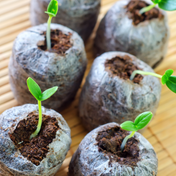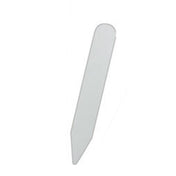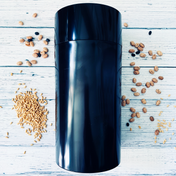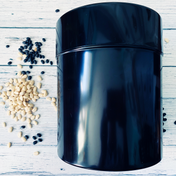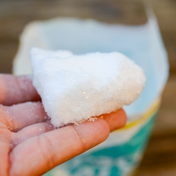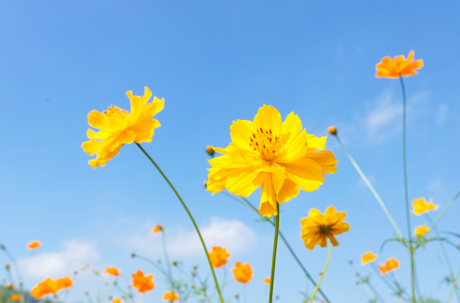
Depth to Plant
|
Spacing Between Plants |
Spacing Between Rows |
Preferred
|
Planting Season
|
Sun Requirements
|
|
|
Shop All Asparagus Crowns & Roots |
6" - 8" inches deep |
Space plants about 12" - 14" inches apart |
Make rows about 5' feet apart |
When daytime temp exceeds 75-85 ̊ | Spring | Likes FULL SUN |
Tips for Growing Asparagus:
- Once planted, asparagus can grow and produce spears for over 20 years, so choose a location wisely.
- It can tolerate partial shade but you will receive a better yield if it is planted in an area with full sun during the day.
- Asparagus doesn’t like to be crowded, so use a dedicated bed and don’t let other crops/weeds invade it.
- Raised beds work the best. Tips on Building Perfect Raised Beds!
- Plant asparagus in fertile soil that drains well.
How much will you need to plant?
On average, 8 - 10 spears will grow from one crown.
Click here to order Asparagus Crowns
When should I plant asparagus crowns?
Plant your crowns immediately after you receive them, if possible. If you are not able to plant right away, you can wrap them loosely in sphagnum moss and keep damp until ready to plant.
Steps for planting crowns:
- If you’re ready to plant, soak the roots in water or compost tea for about 20 minutes
- Dig a trench about 1 foot deep, and plant each crown so that the top of the crown is about 4 inches from the soil’s surface
- Space crowns in trench about 2 feet apart
- After several weeks, you will want to add a few more inches of dirt once everything has settled. The crowns need to remain completely covered by soil
- Apply mulch over entire area to keep weeds down and to help insulate the soil
- Water regularly
- Fertilize in the spring with a 10-10-10 fertilizer
- Mulch entire area again in the winter to help protect your future crop
When can I harvest my asparagus?
Year 1 - You’ll see a few spears shoot up in the first year, but it’s best to leave most of them alone. The roots need time to grow and harvesting early will only hurt your harvest in the long run.
Year 2 -In year two, plan on harvesting only about half of the spears. Keep the bed fertilized, watered and mulched well, and by next year you will be ready to harvest a beautiful yield of asparagus spears.
Year 3 -By the third year you will have a bountiful yield and be able to harvest as much as you would like! Use a sharp knife and cut the spear just below the soil line.
Continue reading more about asparagus:
| How to Grow & Harvest Asparagus from Crowns and Roots |
|
An attractive and delicious perennial vegetable, asparagus can thrive for years. It may grow for up to 20 years or more in the same spot, given the proper care. A tasty addition to meals, soups, and salads, this easy-to-cook vegetable is low in calories and high in vitamin A, riboflavin, and thiamine. Those who want to grow from crowns (roots) can try our best-tasting Purple Passion and our extremely high-yielding Millenium variety. We also offer seeds for Mary Washington, the most popular variety in the U.S. Soil and Fertilizing It’s best to have your soil tested before planting, so you know what nutrients and pH adjustments may be needed to support your crop. For a thorough soil test, consult your local county extension office. Asparagus prefers a deep, well-drained sandy soil with a pH level between 6 and 7, but can do just fine in other soils as long as they’re well-drained. Too much rain or poorly drained soil will threaten the health of the plants. Planting and Watering Crowns Asparagus prefers sunny days, and needs a long growing season to do best, with ideal daily temperatures of 75-85 degrees and nightly temperatures of 60-70 degrees. Choose healthy crowns with firm, fleshy roots. Avoid shriveled or papery roots, because they’re unlikely to produce. It is best to fertilize based on soil test results. But if you lack those results, spread nitrogen at 75 pounds an acre; phosphorous at a rate 250 pounds per acre; and potassium at 300 pounds per acre. Scale down this amount based on the size of your asparagus patch. Create a V-shaped trench 6-8 inches deep for your crowns, and apply super triple superphosphate (0-46-0) in the trench at 200 pounds per acre in addition to the other phosphorous you’ve applied. Plant your crowns 12-14 inches apart for thicker spears; 8-10 inches is sufficient for thinner spears. Don’t worry about the direction the buds are facing. Cover your crowns with 1-2 inches of soil to protect them from the sun. As the asparagus begins to grow, fill the trench gradually with more soil, being careful not to cover the foliage. It should reach ground level by the end of the growing season. Side dress a 5-10-10 fertilizer in late July or early August, at the rate indicated by your soil test. Asparagus needs a decent application of water to produce well during the first year of growth. Irrigate weekly, wetting the soil to eight inches below the surface. After the first year, cut back to 2-3 inches of water, applied slowly, every two weeks when the weather is dry enough to require it
|

